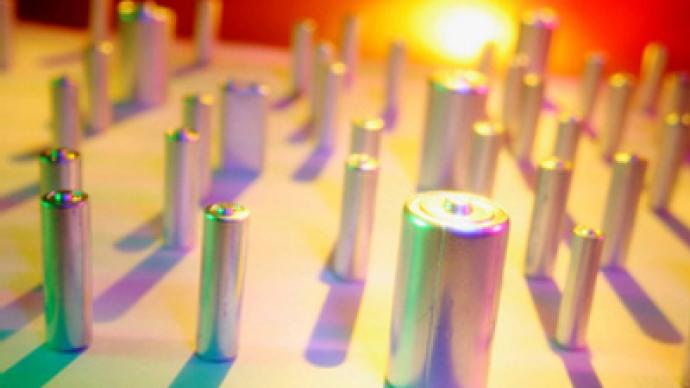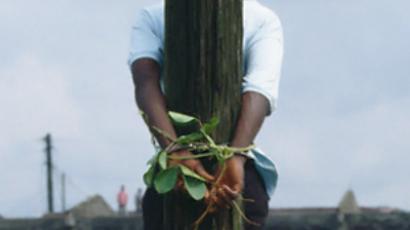Europe to buy Africa’s sun

History books may have to reserve space for yet another example that with enough money and brainpower Europeans can have anything - even Africa’s sun.
“Within 6 hours, deserts receive more energy from the sun than humankind consumes within a year.” This statement, credited to Dr. Gerhard Knies, is like a slogan for optimistic Europeans who believe they can benefit from another of Africa’s natural resources—solar power.
Plans are being developed, under a project named Desertec, to place solar thermal plants in the Sahara desert in North Africa. Then, via high voltage direct current transmission, the resulting power is to be transported approximately 2000km and distributed throughout Europe.
ABB claims the idea to power Europe with Africa’s sun dates back to 1992. “Development manager for technology, Gunnar Asplund, drew up a map detailing how renewable energy could be harnessed to meet the needs of our power-hungry populations,” wrote the company’s Communications Department.
“His scheme included wind farms, hydro- and geothermal plants, and a series of solar plants across North Africa, connected to Europe… In the 1990s, the map inspired dreams of the future. It is now the central theme of the Desertec project.”
Wind farms are also part of Desertec’s focus. ABB, a project member, claims currently to be working on a number of projects to strengthen the European “super grid,” to feed power from offshore wind parks into the network.
12 corporations have already signed a Memorandum of Understanding for Desertec. Many of them, such as Siemens and HSH Nordbank, are envisioning how their contributions will make the project a success.
If Desertec is indeed successful, it will be a wonder in more ways than one. Those who have pledged participation highlight multiple issues that will be addressed.
By mid-century, Europe will get 15% of its power from the Sahara Desert at cheap rates. The Middle East and North Africa will also have access to the clean energy. CO2 emissions will be cut and all participating countries will be less reliant on fossil fuels. Furthermore, developing countries will have gained jobs, revenue and improved infrastructure.
But technological hurdles are not the only ones that need to be cleared to get this project off the ground.
“The necessary measures will take at least two decades to become effective. Therefore, adequate policy and economic frames for their realization must be introduced immediately,” says the Desertec website.
Buying Africa’s weather won’t come cheap. The project is estimated to cost about €400 billion. However, Desertec members don’t seem phased about the cost yet.
“There is an inevitable need for energy production and no matter what path is taken there will be financial expenditures connected to it,” says Desertec.
However, this is a project that involves the co-operation of multiple countries. And that could present challenges as great any technology issues.
Michelle Smith for RT














